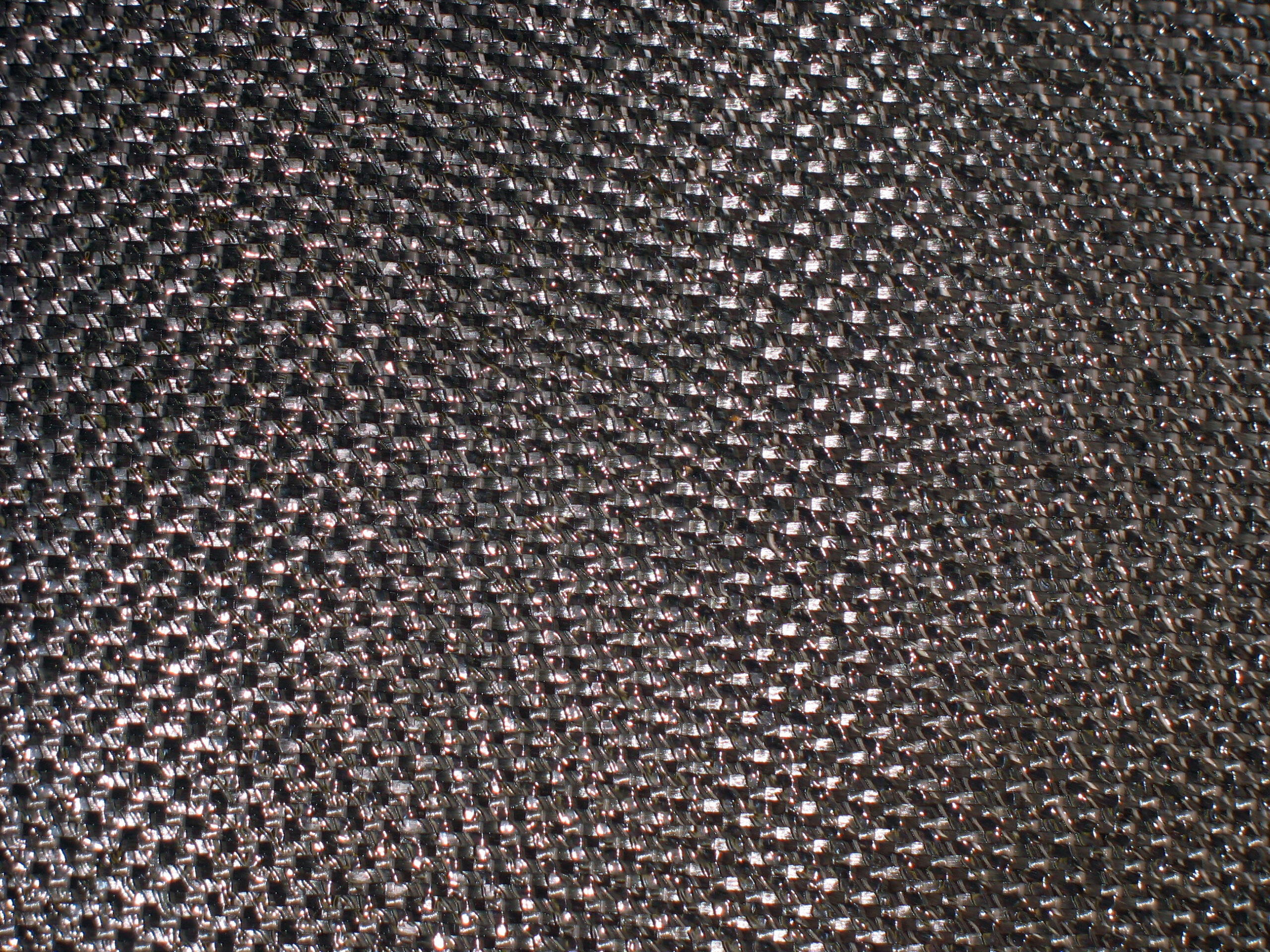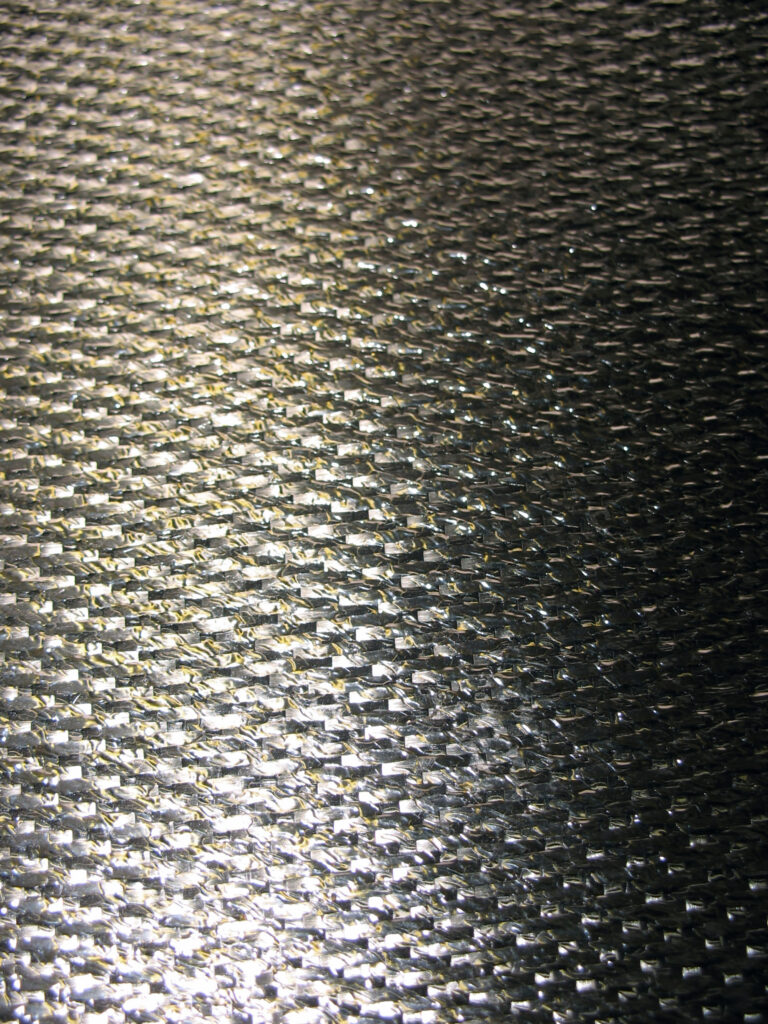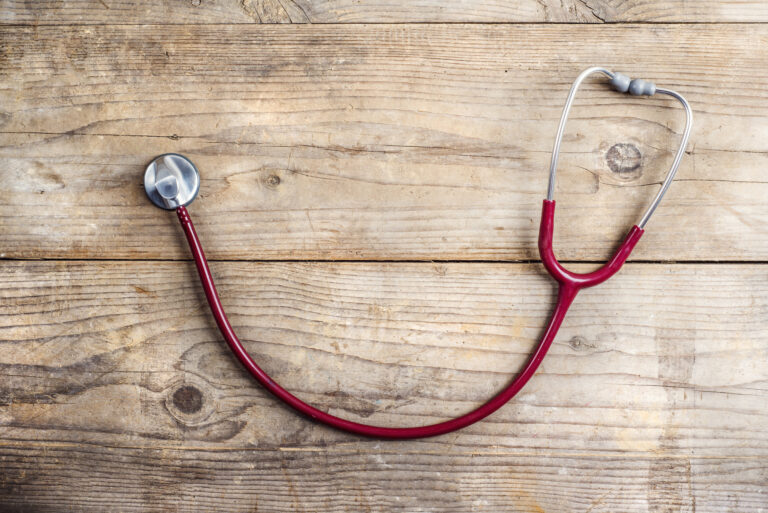How to Protect Your Family from the Dangers of Mold: Simple Steps for Keeping Your Home Safe and Healthy
Introduction to Mold and Its Health Effects:
Mold is a type of fungus that can grow in damp or wet areas, both indoors and outdoors. While molds are essential for the environment as they break down dead organic matter, some types of mold can be dangerous to humans when exposed to high levels. Exposure to mold can cause health problems such as respiratory issues, allergies, skin irritation, and even neurological disorders. It’s crucial to understand how mold affects your health and take necessary steps to protect yourself and your family from its adverse effects.
Signs of Mold in Your Home and How to Identify Them:
The first step towards preventing mold growth in your home is identifying any signs of it. Some common indicators include musty odors, visible spots on walls or ceilings, water damage, condensation, and peeling wallpaper. If you suspect there might be mold in your house, look for hidden sources of moisture like leaks under sinks or pipes, humidity, and poor ventilation. You should also check areas prone to flooding or excessive moisture, such as basements, attics, and crawl spaces.
Preventing Mold Growth in Your Home: Simple Steps You Can Take Today:
To prevent mold growth in your home, start by addressing any underlying causes of dampness or moisture. Fix leaky pipes, repair roofs, and improve ventilation in bathrooms and kitchens. Regularly clean and dry any surfaces where moisture tends to accumulate, including windows, showers, and sinks. Use exhaust fans during cooking or bathing to reduce humidity levels. Finally, consider using mold-resistant materials when renovating or building a new home.
The Best Ways to Clean Up Mold Infestations Safely:
If you discover mold in your home, don’t panic. Start by containing the affected area to prevent the spread of spores. Wear gloves, goggles, and an N95 mask while cleaning up the mold. Use a mixture of bleach and water to remove the mold, starting with the least porous surfaces and working your way to more absorbent ones. Dispose of any items that cannot be thoroughly cleaned, such as carpets or furniture with wood rot. After cleaning, open windows and use fans to air out the space.






